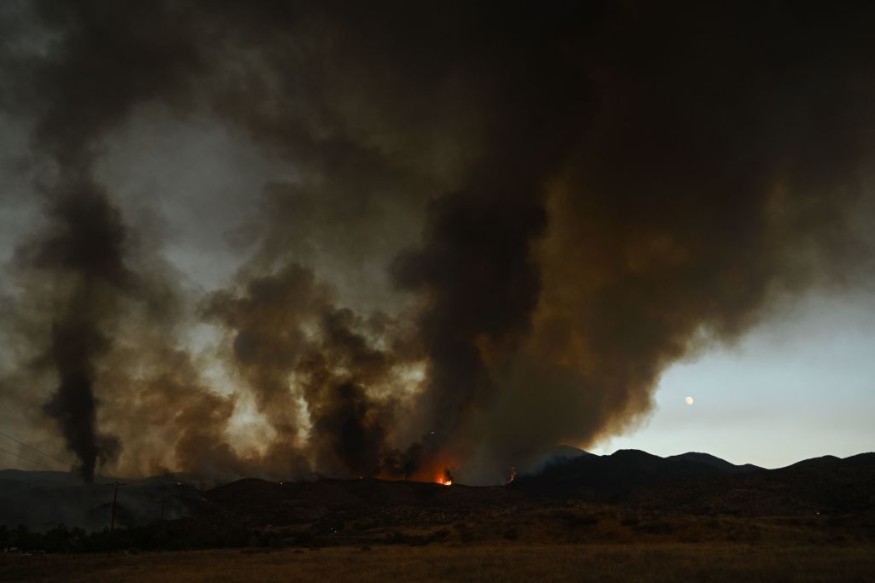Air quality alerts have been placed for most parts of Washington, Oregon, and Idaho due to smoke coming from the ongoing wildland fires across the Western US, as of Sunday, September 11.
Following a massive heat wave and scorching temperatures, local authorities have reported that there are 94 active wildfires across the region, leading to poor air quality and posing risk to respiratory health and travel.
Multiple 'red flag warnings' were issued for Washington and air quality alerts were issued for other states across the Pacific Northwest, including Montana, Oregon, Utah, California, Wyoming, and Colorado. This is also the same case with California, where a recent heavy rainfall from Tropical Storm Kay helped doused some ongoing wildfires. Still, this week's onset saw firefighters still attempting to battle the fires.
The current catastrophic events have already led to several casualties and disruption to road traffic movement, as well as mandatory evacuations of thousands of people. Infrastructural damage was also reported as the raging blaze also reached establishments, with other structures still under threat. In the coming days, the continuance of poor air quality is possible due to fire weather conditions.
Western US Air Quality

CNN on Sunday reported that air quality has significantly declined due to the smolder from the ongoing flames.
CNN meteorologists said an increase in dew points could support firefighters in their progress into earlier this week.
According to the National Interagency Fire Center (NIFC), there are currently 34 fires in Idaho, 23 in Montana, 12 in Washington, 11 in California, 11 in Oregon, one each for Utah, Wyoming, and Colorado.
In California, the Fairview Fire has already killed two civilians and injured another. Engulfing a total land area of 28,307, the fire forced thousands of people to evacuate and destroy 30 buildings.
Third Hottest Summer
On September 9, the National Oceanic and Atmospheric Administration (NOAA) stated the US experienced its third hottest summer in August, which saw a combination of record-breaking extreme heat dome and historic flash floods.
The NOAA computed the US meteorological summer, which spans from June 1 to August 31, to have an average temperature of 73.9 degrees Fahrenheit, which is above average and earned its ranking for the first time in 128 years.
Air Quality Index
Government agencies, including health authorities, use the so-called Air Quality Index (AQI) as a basis to measure the current or forecasted air pollution level. According to AirNow.gov, the numeric value 0 is the lowest and the least hazardous and the value 500 is the highest and most hazardous air quality.
Determining the severity of AQI depends on the level of the following eight major types of air pollutants:
- particulate matter
- ozone
- Sulphur dioxide
- Nitrogen dioxide
- Carbon monoxide
- lead
- ammonia
While smoke from wildfires or fires contribute to the deterioration of AQI, human-induced emissions are still the major sources of these air pollutants.
© 2025 NatureWorldNews.com All rights reserved. Do not reproduce without permission.





